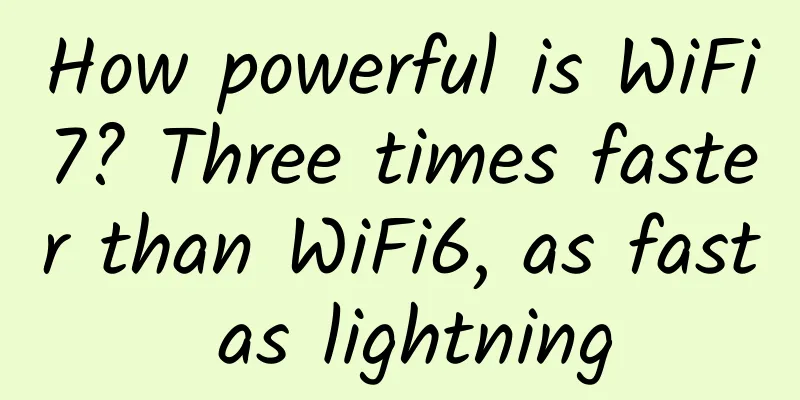Global spending on 5G network infrastructure nearly doubled in 2020

|
According to the latest forecast from Gartner, global 5G network infrastructure market revenue will almost double to $8.1 billion by 2020. Total wireless infrastructure revenues are expected to decline 4.4% to $38.1 billion in 2020. Communications service providers’ (CSP) investments in 5G network infrastructure accounted for 10.4% of total wireless infrastructure revenues in 2019. This figure will reach 21.3% in 2020 (see 2020 Table 1). “Investment in wireless infrastructure continues to gain momentum as more CSPs repurpose existing assets including radio spectrum bandwidth, base stations, core networks and transport networks, and transition LTE/4G spending to maintenance mode,” said Kosei Takiishi, senior research director at Gartner. “Early 5G adopters are driving more intense competition among CSPs. In addition, governments and regulators are promoting mobile network development, betting that it will be a catalyst and multiplier for broad economic growth across many industries.” Increasing competition among CSPs is leading to an accelerated pace of 5G applications. The new O-RAN (open radio access network) and vRAN (virtualized RAN) ecosystems can break the current vendor lock-in and promote the adoption of 5G by providing cost-effective and flexible 5G products in the future. Gartner predicts that by 2023, CSPs in Greater China (China, Taiwan and Hong Kong), mature Asia Pacific, North America and Japan will achieve 5G coverage in 95% of the population. Table 1: Global wireless infrastructure spending forecast, 2019-2020 (US$ million) Segment 2019 growth (%) 2020 growth (%) 5G LTE and 4G third generation 2G small cell mobile core total Due to rounding, some numbers may not add exactly to the totals shown. Source: Gartner (July 2020) “Although the investment growth rate for 5G has declined slightly in 2020 due to the COVID-19 crisis (excluding Greater China and Japan), CSPs in all regions are rapidly shifting new, discretionary spending to build out 5G networks and 5G as a platform,” said Mr. Takiishi. In the short term, Greater China leads the world in 5G development, with 49.4% of global investment in 2020 coming from the region. Cost-effective infrastructure manufactured in China, coupled with state sponsorship and reduced regulatory barriers, has paved the way for major Chinese CSPs to quickly establish 5G coverage. "However, other early adopting and technologically proficient countries are not far behind," said Mr. Takiishi. Gartner expects 5G investments to rebound modestly in 2021 as CSPs seek to capitalize on behavioral changes driven by the population’s increased reliance on communications networks. 5G investments will surpass LTE/4G in 2022. CSPs will gradually add standalone (SA) capabilities to their non-standalone (NSA) 5G networks, and Gartner predicts that by 2023, 15% of CSPs worldwide will be running standalone 5G networks that do not rely on 4G network infrastructure. This will quickly shift wireless investments from LTE/4G, and spending on traditional RAN infrastructure will decline rapidly. |
>>: Have you been "touched" by 5G today?
Recommend
AlphaVPS: German AMD EYPC+NVMe series KVM is online with monthly payment starting at 3.99 euros
At the beginning of last month, I shared the news...
A Five-Star End-User Experience Requires Unified Digital Experience Management
Introduction To deliver a five-star digital exper...
RAKsmart server flash sale starts from $30/month, 1Gbps unlimited traffic server starts from $99/month
Continuing to share RAKsmart's April promotio...
Yang Xuqing of Softcom Wisdom: Leveraging the advantages of AI and working with Huawei Ascend to promote industry development
As one of Huawei Ascend's important ecologica...
European operators can no longer bear the pressure as everyone stays at home. High-speed networks have become a powerful weapon in the fight against the epidemic
Netflix, Youtube, Disney+ and other video sites h...
Almost all companies hope to increase user revenue through 5G investment
The latest survey report from network security ve...
Embracing the edge: Unleashing the potential of on-board computing
Most discussions about technology transformation ...
OSI seven-layer and TCP five-layer protocols, why TCP/IP protocol wins
[[278277]] 1. OSI Reference Model 1. Origin of OS...
Can't connect to Wi-Fi? Tsinghua University has developed the "ultimate solution"
While Wi-Fi is one of the greatest inventions of ...
Ruijie Networks Launches Channel Co-building Model for the First Time, Aiming at the Difficulties of Traditional Cooperation
Ruijie Networks, born at the first dawn of the 21...
SmartHost: AMD Ryzen series 35% off, starting at $2.57/month, Los Angeles/New Jersey/Las Vegas data centers
SmartHost has posted a message on its website say...
5G empowers the industrial Internet to accelerate its implementation and help the transformation and upgrading of the manufacturing industry
[[381477]] The Ministry of Industry and Informati...
5G is here, how far is 6G?
"In the 6G era, hundreds of high-definition ...
HostKvm 20% off, Hong Kong CN2 monthly payment starts from US$7.6, 2G memory/40G hard disk/10M bandwidth
HostKvm is launching a 20% discount coupon code t...
my country's 5G is still in the introduction stage, and integrated applications are still in the running-in stage
Statistics show that by the end of 2020, about on...









